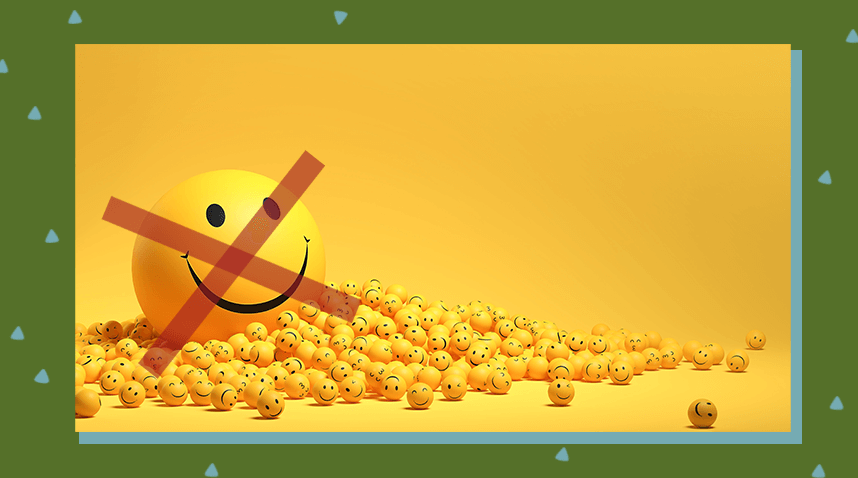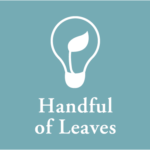Wholesome Wednesdays (WW): Bringing you curated positive content on Wednesdays to uplift your hump day.
In life, we often choose what makes us feel good first and avoid the unpleasant. But scientists discovered that prioritising happiness can backfire and move us further away from being truly happy. But what exactly is happiness and how can we pursue it successfully? Here are two sharings that offer some answers:
1. Don’t chase happiness. Become antifragile.
2. Choose pain first
Don’t chase happiness. Become antifragile.

What’s going on here & Why we like it
Tal Ben-Shahar, a positive psychologist, used the analogy of the sun to describe the happiness paradox. If we look at the sun directly, we’ll hurt our eyes. Similarly, if we pursue happiness directly, we’ll end up depressed. To resolve this paradox is to understand that
“a happy life doesn’t mean being happy all the time. Learning to accept, and even embrace painful emotions is an important part of a happy life.“
This is parallel to the First and Second Noble Truths that the Buddha taught.
The first noble truth is all about recognising the presence of suffering and understanding it. The second noble truth states that the reason for suffering is the craving for sensuality, the craving for becoming, and the craving for non-becoming. This means that the more we want to become happier, the more we might suffer.
The more we don’t want to be unhappy, the more we also suffer. But that doesn’t mean we shouldn’t pursue happiness at all, we just do it indirectly, as Tal Ben-Shahar shares. How? Using the practical framework called S.P.I.R.E to attain that whole being. Because happiness is much more than pleasure, happiness is a whole being. Similarly, the Buddha also prescribed a framework for happiness – the Noble 8-fold path.
Wise Steps
- The next time you experience pain, investigate and explore how you can use it to grow your resilience.
- Reevaluate how you pursue happiness in life and aim to adopt a holistic approach.
Check out the video here or below!
Choose pain first.

What’s going on here & why we like it
James Clear, author of Atomic habits, who is known for his wisdom in productivity shares the benefits of doing the painful things first.
We are more likely to remember our lives as happy if they improve over time.
This is pretty much like the Chinese saying 先苦后甜 , directly translated as bitter first, sweet after, which is usually used to describe how one will reap the rewards after the pain and hard work.
Reflecting on this principle in our practice, how often do we expect to experience peace right away in our meditation? Perhaps we give up on meditation because sitting with restlessness or boredom or physical discomfort is tough. But what if we recognise that noticing discomfort is step 1 of the process? If we can be a little more patient with the pain, and see it as a part of progress, we will experience bliss right after. We’re sure that seasoned meditators would agree.
No pain no gain, some would say. Of course, we’re not suggesting that you deliberately make your life difficult. Rather, we’re suggesting that you embrace the inevitable difficult parts of life and use them skilfully for growth.
In this article by James Clear, you can find many examples of how choosing to do the painful thing first is beneficial. James also suggests multiple ways we can use this approach in life for us to see our life as a happier one.
Wise Steps
Choose to do the ‘painful’ thing first and end your day with the delightful.
Read it here


